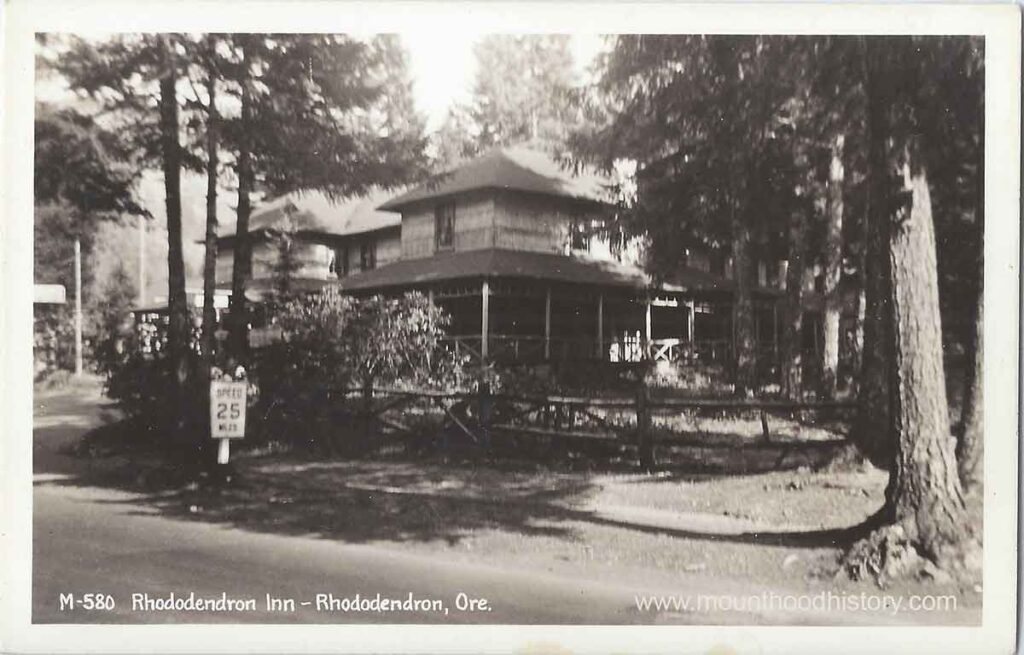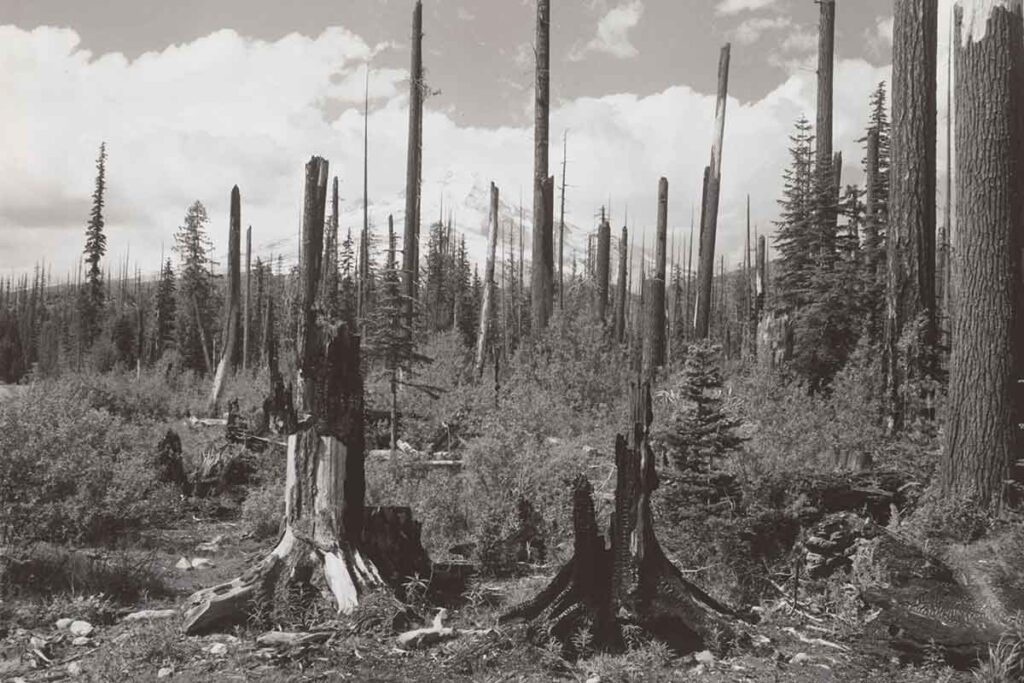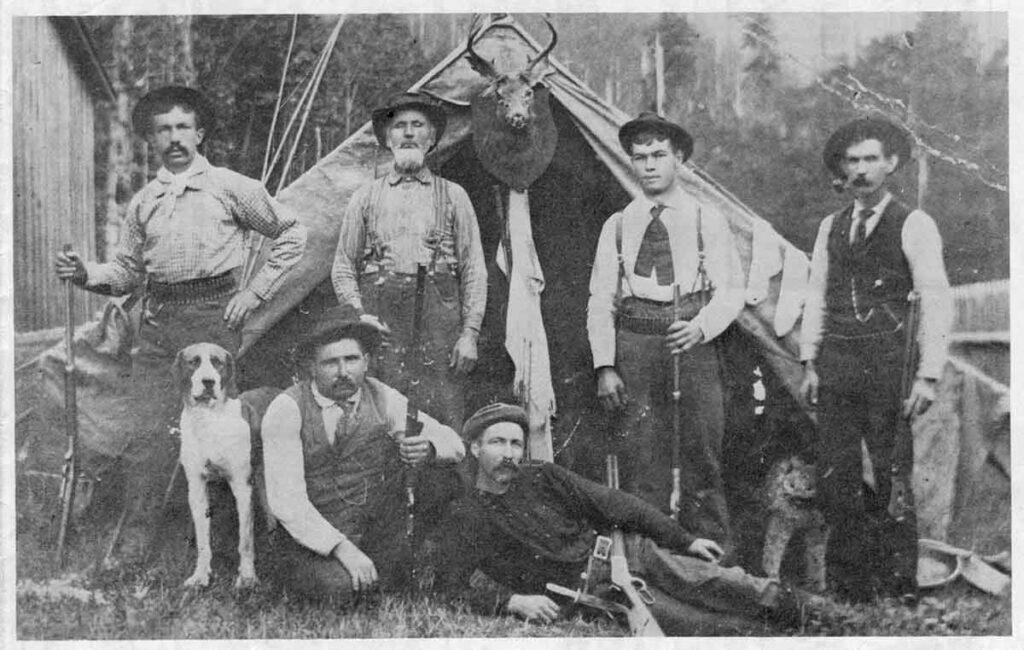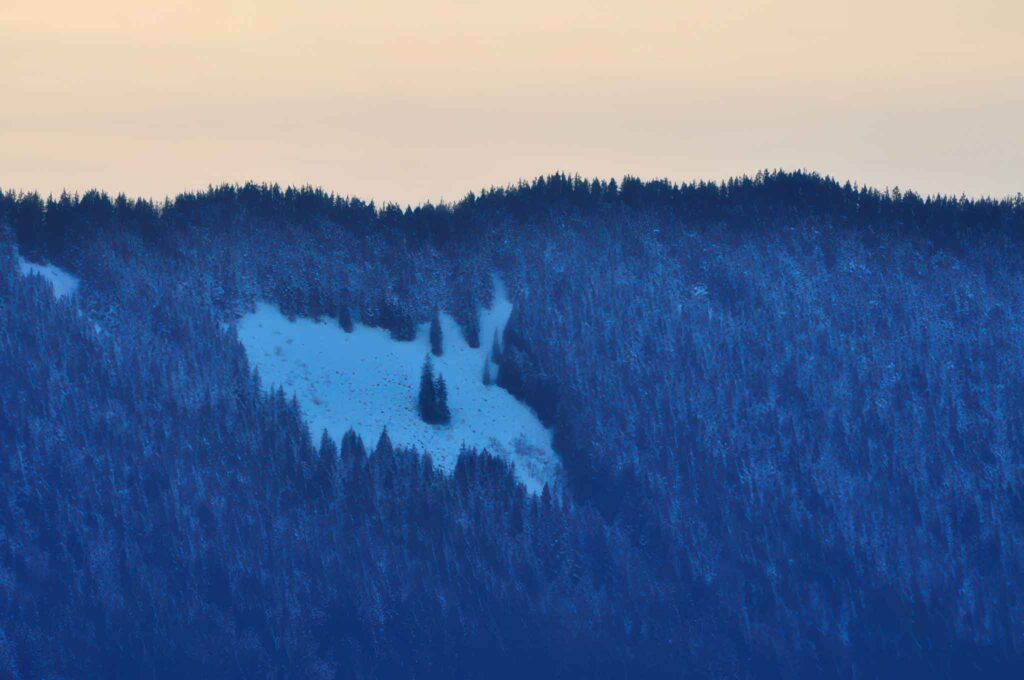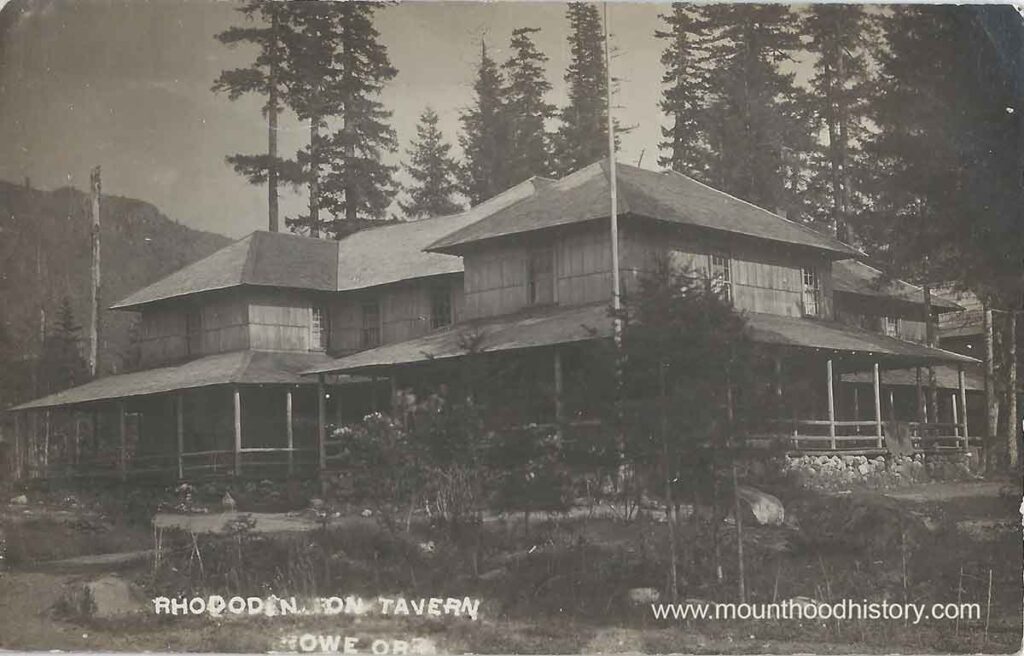Before ski resorts dotted the highway and travelers packed the trailheads, Emil Franzetti of the Rhododendron Inn brought elegance and fine cuisine to Oregon’s Mount Hood region.
Tag: mt hood loop highway
Burnt Lake Fire 1904: How the Lake Got Its Name
The Burnt Lake Fire of 1904 swept through this area, leaving damage so severe that the lake was named for it. Though the forest has mostly grown back, signs of that fire still linger, more than 120 years later.
Billy Welch Welches Oregon
In the shadow of Mount Hood, where the Salmon River winds through a valley rich in history, the legacy of William “Billy” Welch remains
Map Curve, Is it Natural, or Man Made?
Map Turn is the sweeping curve located west of Government Camp — just downslope from the new truck escape ramp — where several persons have perished in auto accidents in recent years.
The Legacy of Emil and Susette Franzetti and the Rhododendron Inn
Hidden beneath the towering firs of Mount Hood’s forests, the Rhododendron Inn once stood as one of Oregon’s most celebrated mountain retreats. In the early 20th century, it welcomed weary travelers, outdoor enthusiasts, and adventure seekers. Today, the inn is gone, but its story remains—woven into the history of the region.

